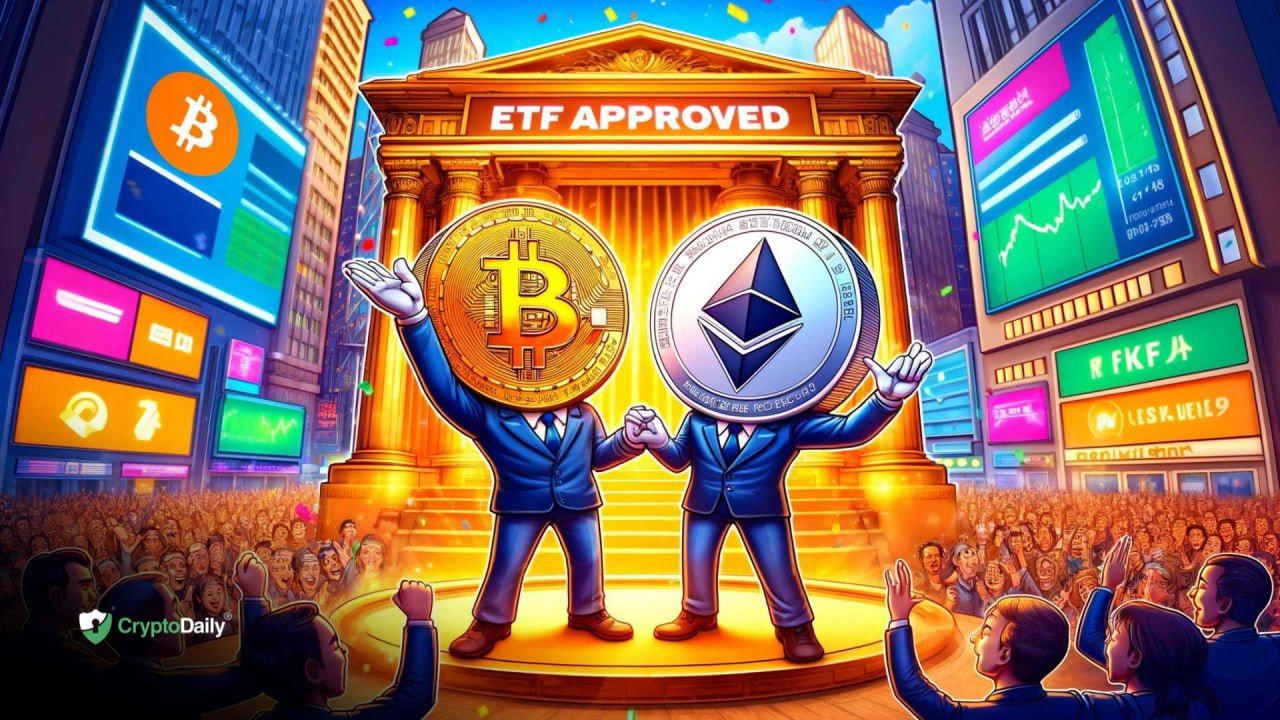Table of Contents
- CBDC Whitepaper Starts Conversation
- Digital Dollar: Functions And Challenges
- CBDC Could Be On The Cards
The United States Central Bank, also known as the Federal Reserve has released a new whitepaper discussing the benefits, downsides, and potential costs involved in launching a Digital Dollar
CBDC Whitepaper Starts Conversation
The release of the whitepaper on Tuesday, January 30, is indicating that the country’s chief financial institution is ready to start the conversation around the pros and cons of a central bank digital currency (CBDC). The paper however did not make any conclusions or statements about whether the Fed should actively pursue the project. The Fed has already clarified that any substantive movement in the direction of launching CBDCs would not happen without support from Congress and the executive branch. The Fed is also inviting comments on the whitepaper and the general idea of a CBDC via an online submission form for the next 120 days.
Following the whitepaper, Fed Chairman Jerome Powell commented,
“We look forward to engaging with the public, elected representatives and a broad range of stakeholders as we examine the positives and negatives of a central bank digital currency in the United States”.
Digital Dollar: Functions And Challenges
The whitepaper pointed out that the CBDC would function differently from traditional digital payments. Instead of traditional banks, the Digital Dollar will function as a digital token with a direct claim from the central bank. In this way, it almost functions similarly to physical cash. Additionally, a central bank backed currency would also be different from usual cryptocurrencies that are issued by private actors and therefore carry higher risk potential.
The whitepaper also pointed out the challenges involved with such an undertaking, writing,
‘While a CBDC could provide a safe, digital payment option for households and businesses as the payments system continues to evolve, and may result in faster payment options between countries, there may also be downsides. Challenges include maintaining financial stability and making sure the digital dollar would ‘complement existing means of payment’.
CBDC Could Be On The Cards
The whitepaper also detailed that the best use of a Digital Dollar would be if it were intermediated through the current financial system, eliminating the need for individual CBDC accounts directly with the Fed. While some Democrats are agreeing that such a digital currency could help the unbanked populations, banks are worried about losing their customer base.
Globally, there has been significant turmoil around digital assets, especially cryptocurrencies. However, financial institutions are warming up to the idea of CBDCs, since it merges the security of physical cash and the ease of transaction of digital assets. Jerome Powell himself has previously stated that cryptocurrencies do not pose risks of financial instability to the American economy.
Disclaimer: This article is provided for informational purposes only. It is not offered or intended to be used as legal, tax, investment, financial, or other advice.
Investment Disclaimer











